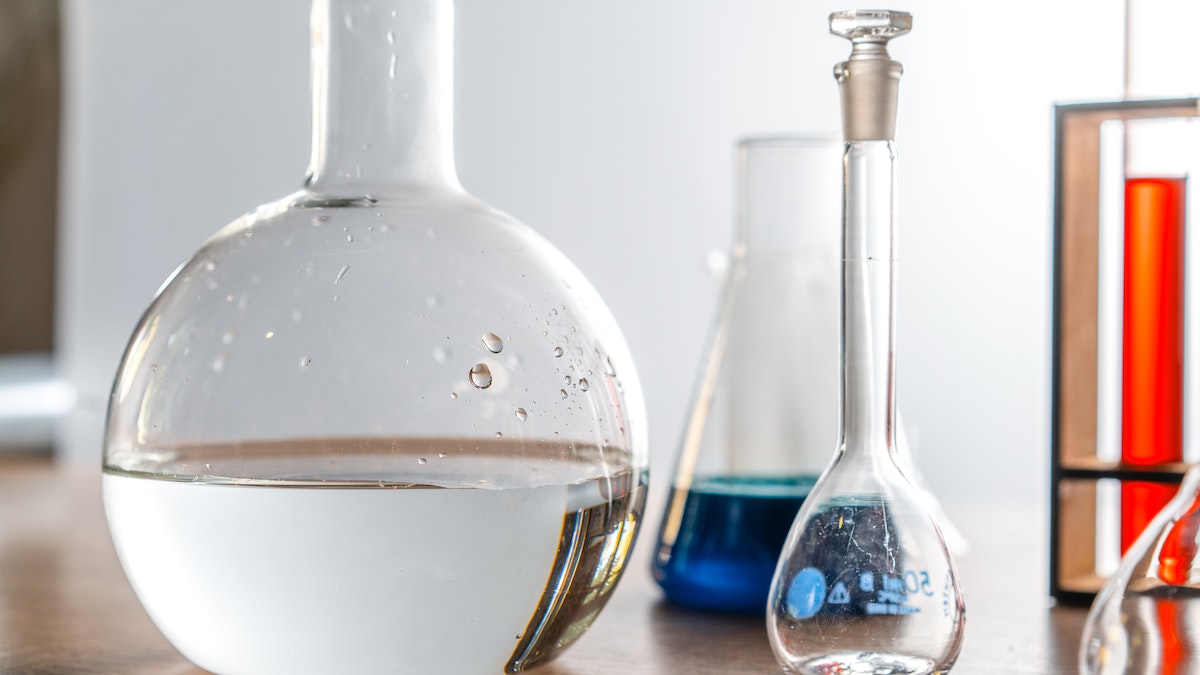Businesses in different industries handle hazardous chemicals in various capacities every day. The potential harm posed to workers is the biggest concern for these businesses, but there is also the issue of potential environmental harm that could lead to a loss in the millions. It is important to understand that the size of a chemical spill does not always indicate how dangerous it can be, with corrosive and flammable substances being great examples of this. Taking precautionary and preventive measures to minimize the risk of chemical spills is the best course of action, regardless of the hazardous materials and chemicals a business deals with.
Table of Contents
Cover All Chemical Containers
All chemical containers should remain covered at all times for various reasons. First, they may emit fumes that are hazardous to anyone who goes near them. Covering them contains these fumes until the chemicals can be disposed of properly. Second, any uncovered containers left outside present additional risk if it rains.
Rainfall increases the volume of chemicals inside these containers. Even though the rain will dilute the chemical before it spills, it could be so concentrated and dangerous that this does not make a difference once it spills.
Spills related to rainfall are also much harder to clean and deal with because the chemical spreads to a larger area. Covering all chemical containers, especially those left outside, helps mitigate these risks.
Use Chemical Spill Kits and Accessories
Spill kits either stop a chemical from getting into the ground where it can go anywhere or absorb it as quickly as possible. Spill kits that contain chemicals that absorb or neutralize hazardous chemicals should be located close to where these materials are stored and used.
Drip trays capture and contain any liquid that spills, especially as a material is transferred from one container to another. The empty container is placed inside the drip tray, and the tray captures any material that spills or drips during the transfer process. They can be used with a spilled deck that stops the container from being submerged in the spilled chemical.
Only Use Secure Shelving
Workers should store all containers used to hold harmful chemicals on secure shelving. The shelves should then be fastened securely to the walls and floor to minimize the risk of them tipping over and causing a spill.
Tipping can happen due to an imbalance as the containers are loaded and unloaded from the shelves. Also, each shelf should have a maximum weight and container indicator so that workers know not to overload it.
Lastly, all shelves should have a “lip”, a raised edge that prevents containers from slipping once they are on the shelf, at the bottom.
Store Chemicals at or Below Eye Level
Physics dictates that things with a higher centre of gravity are less stable and, thus, more likely to topple over. Even in cases where shelves and storage units are bolted to the floor and walls, they should have a centre of gravity that is as low as possible.
Workers can ensure this by placing the shelves as close to the floor as possible. They should not come into contact with the ground and should be easily accessible by workers to minimize the chances of a fall and spill.
Carry Out Regular Inspections
Workers should inspect both shelves and storage containers regularly to check if there is risk of a chemical spills. The shelving should be holding strong without any wiggle room. The containers should not have stains, and the closures or caps should not be warped.
Hazardous substances and chemical spills are serious issues that businesses should try to prevent from happening. Putting the proper measures in place will go a long way to helping prevent them.

Alex is fascinated with “understanding” people. It’s actually what drives everything he does. He believes in a thoughtful exploration of how you shape your thoughts, experience of the world.



